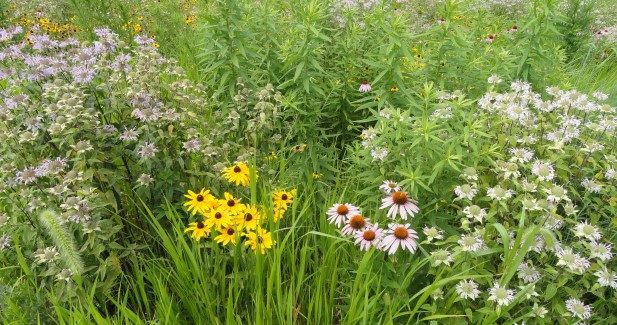Herbicide Control for Canada Thistle in CRP
As we mentioned in a recent post, one of the first steps in weed control for CRP is to identify the weeds you are dealing with. Like any plant, weeds have different life cycles and seeding methods. They are resilient to some chemicals and weak to others. Once you’ve identified the weeds appearing on your CRP land, you can create an herbicide program […]
Herbicide Control for Canada Thistle in CRP Read More »

